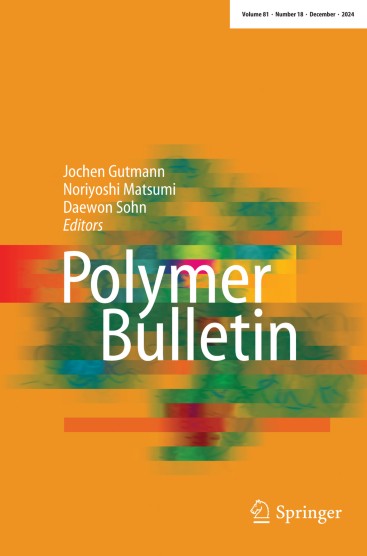摘要
通过线性摩擦试验机(LFT)实验确定的磨损参数在应用于实验室磨损&;滑移试验机100(LAT100)模拟时高估了磨损质量损失。另一方面,直接从 LAT100 实验中识别磨损参数具有挑战性,因为接触面积和滑移速度等变量无法通过实验测量,需要假设。为了改进识别过程,数值校准是一种更合适的方法。这种方法依赖元模型作为最小化的目标函数。元模型是通过应用于 LAT100 有限元建模(FEM)的磨损参数样本生成的,用于计算相应的磨损质量。在该模型中,为滚动模拟定义了传输速度,为磨损建模采用了任意拉格朗日-乌勒留(ALE)自适应网格方法。磨损模型采用了 Archard 磨损模型和 Schallamach 磨损定律的组合。该模型包含一对有待确定的磨损参数。ALE 自适应网格划分技术可独立于材料移动节点。由于网格拓扑结构保持不变,因此如果磨损体积损失超过元素的体积损失,模拟就会失败。创建元模型的目的是将磨损建模扩展到这种故障之外。元模型创建后,将用作最小化算法的目标函数。最小化算法旨在通过最小化实验观察到的磨损质量损失与数值计算出的磨损质量损失之间的差异,找到最佳磨损参数。最小化算法将一组磨损参数输入元模型,元模型反过来会预测磨损质量损失。这一过程一直进行到确定最佳参数集为止。如果使用有关接触剪切应力和滑动速度的假设直接从实验中确定参数,这种方法的精确度较低。不过,使用元模型方法确定参数的主要优势在于这些参数在 LAT100 模型中的可用性。Wear parameters identified by linear friction tester (LFT) experiments overestimate the wear mass loss when applied on a laboratory abrasion & skid tester 100 (LAT100) simulation. On the other hand, the identification of wear parameters directly from the LAT100 experiment can be challenging since variables such as the contact area and the slip velocity are not measured experimentally and need to be assumed. To improve the identification process, numerical calibration is used as a more suitable approach. This approach relies on meta-models as a target function for minimization. The meta-models are generated using a sample of wear parameters applied to an LAT100 finite element modeling (FEM) to calculate the corresponding wear mass.. In this model, a transport velocity is defined for the rolling simulation, and an arbitrary lagrangian–eulerian (ALE) adaptive meshing approach is adopted for the wear modeling. For the wear model, a combination of archard’s wear model and schallamach’s abrasion law is used. This model contains a pair of wear parameters to be identified. The ALE adaptive meshing technique moves the nodes independently of the material. Since the mesh topology remains the same, failure of the simulation occurs if the wear volume loss exceeds that of the element. Meta-models are created to extend wear modeling beyond this failure. Once the meta-models are created, they are used as a target function for the minimization algorithm. The minimization algorithm aims to find the optimal wear parameters by minimizing the difference between experimentally observed and numerically produced wear mass loss. The minimization algorithm inputs a set of wear parameters into the meta-models which in turn yield a prediction of the wear mass loss. The process is carried out until an optimum parameter set is identified. Such an approach has a lower accuracy if the parameters are identified directly from the experiment using assumptions regarding the contact shear stress and the sliding velocity. Nonetheless, the main advantage of parameters identified using the meta-model approach is the usability of these parameters in an LAT100 model.

 求助内容:
求助内容: 应助结果提醒方式:
应助结果提醒方式:


